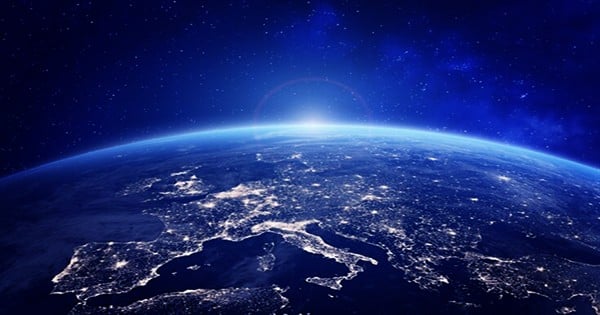Scientists have been debating whether purposefully drying the Earth’s stratosphere could be a solution to the climate catastrophe (other than, you know, not burning crazy amounts of fossil fuels).
When you hear the term “greenhouse gases,” you generally think of carbon dioxide and methane, two of the most harmful pollutants caused by human industrial activity. However, natural water vapor is the most abundant greenhouse gas, trapping a large quantity of heat in the Earth’s atmosphere.
In a new study, scientists at the NOAA Chemical Sciences Laboratory investigate if it is theoretically conceivable to cool the Earth by dehydrating the stratosphere, the upper section of the atmosphere, to eliminate heat-trapping water vapor.

One method would be to spray sections of the atmosphere with microscopic particles, which give a surface for moisture to condense into ice crystals and subsequently rain, thus draining the atmosphere of water vapour.
“Pure water vapor does not easily create ice crystals. “It is beneficial to have a seed, such as a dust particle, for ice to form around,” said Joshua Schwarz, lead study author and a research physicist at the National Oceanic and Atmospheric Administration (NOAA) Chemical Sciences Laboratory.
A large amount of water vapor enters the atmosphere near the tropics, where warm temperatures enhance evaporation. Armed with this information, the team contends that a primary target for the plan might be the Western Pacific Cold Point (WCP), a region the size of Australia that serves as a main gateway for water vapor pushed into the stratosphere.
Using observational data and computer models, the scientists determined how scattering ice nuclei into the supersaturated air of the WCP would affect the overall climate.
They determined that the unique geoengineering approach could help to chill the earth, but not sufficiently to offset the massive impact of human-caused greenhouse gas emissions.
“It’s a very small effect,” Schwarz added.
While insufficient to prevent climate change alone, the researchers believe that this strategy may be “valuable as an element within a larger portfolio of climate intervention strategies.”
However, the notion of employing geoengineering to solve our planet’s environmental problems is very contentious because interfering with complex systems, such as the Earth’s climate, might have unintended repercussions. It also fails to address the root cause of fossil fuel use, similar to treating symptoms rather than the disease.
Given these risks, a group of experts has urged governments to impose a global embargo on efforts to geoengineer the planet’s climate.















